Osage orange for hedge??
mountainman_bc
18 years ago
Related Stories

FALL GARDENING11 Trees for Brilliant Fall Color
Give your landscape the quintessential look of autumn with the red, orange and yellow leaves of these standouts
Full Story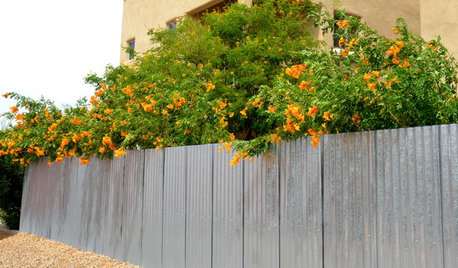
FLOWERS AND PLANTSTecoma x ‘Orange Jubilee’ Enlivens Southern Gardens
Masses of orange trumpet-shaped flowers decorate this tall shrub, attracting hummingbirds from near and far
Full Story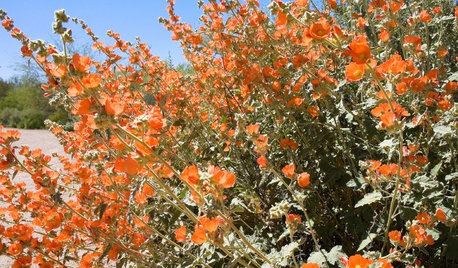
GARDENING GUIDESWarm Up Your Garden With Orange Flowers
Hummingbirds and butterflies are not the only ones who will notice when you introduce a blaze of orange into your garden
Full Story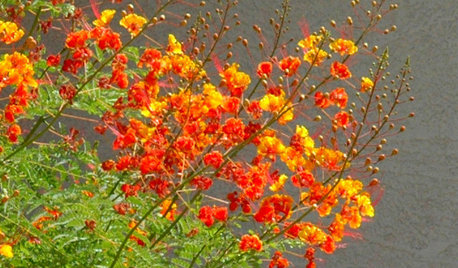
GARDENING FOR BUTTERFLIESGreat Design Plant: Red Bird-of-Paradise Soars With Color
Fiery bursts of red-orange flowers bring hot summer gardens to life, while this shrub's drought tolerance keeps the living easy
Full Story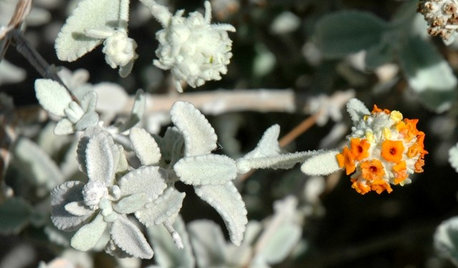
GARDENING GUIDESGreat Design Plant: Buddleja Marrubiifolia
Beautiful color, soft texture and the ability to thrive in the extreme temperatures of the Southwest make woolly butterfly bush a winner
Full Story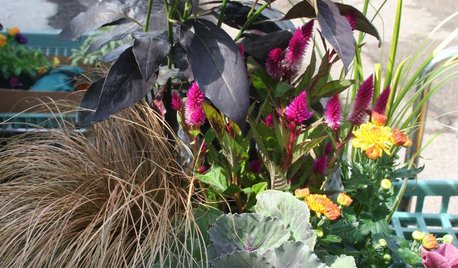
CONTAINER GARDENSNew Colors for Your Fall Planters
Take a break from the same old orange, red and yellow plants and enjoy some fresh colors in your pots this fall
Full Story
GARDENING GUIDES8 Pickable Plants for Fall Centerpieces
Cut flowers and branches make for seasonal arrangements both easy and lovely. Grow these in the garden for the look and feel of fall
Full Story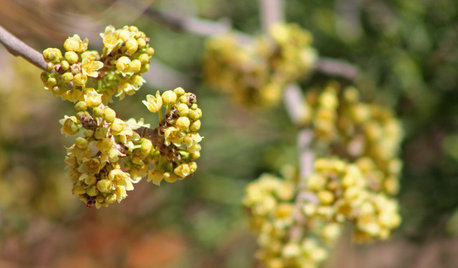
GARDENING GUIDESGreat Design Plants: Rhus Trilobata
Plant skunkbush sumac for its brilliant fall color, and tiny late-winter flowers that provide food for pollinators
Full Story
EDIBLE GARDENSWhy Grow Quince? For Beauty, Fragrance and Old-Time Flavor
Delightfully perfumed fruit and lovely spring blossoms make this apple and pear cousin worth a spot in the garden
Full Story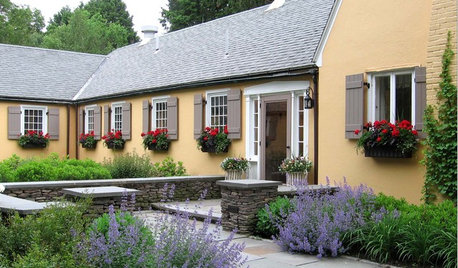
LANDSCAPE DESIGNLay of the Landscape: French Garden Style
Symmetry and geometry define this decorous landscape style, appropriate for both grand gardens and intimate spaces
Full Story





melee_AL
lucky_p
Related Professionals
Mountain Brook Landscape Architects & Landscape Designers · Dallas Landscape Contractors · Downey Landscape Contractors · Northbridge Landscape Contractors · Raleigh Landscape Contractors · West Orange Landscape Contractors · York Landscape Contractors · Atascadero Fence Contractors · Dana Point Fence Contractors · Galveston Fence Contractors · Northlake Fence Contractors · Richmond Fence Contractors · Salt Lake City Fence Contractors · Saratoga Springs Fence Contractors · Wildomar Decks, Patios & Outdoor Enclosuresgoodhors
melee_AL
mountainman_bcOriginal Author
cheribelle